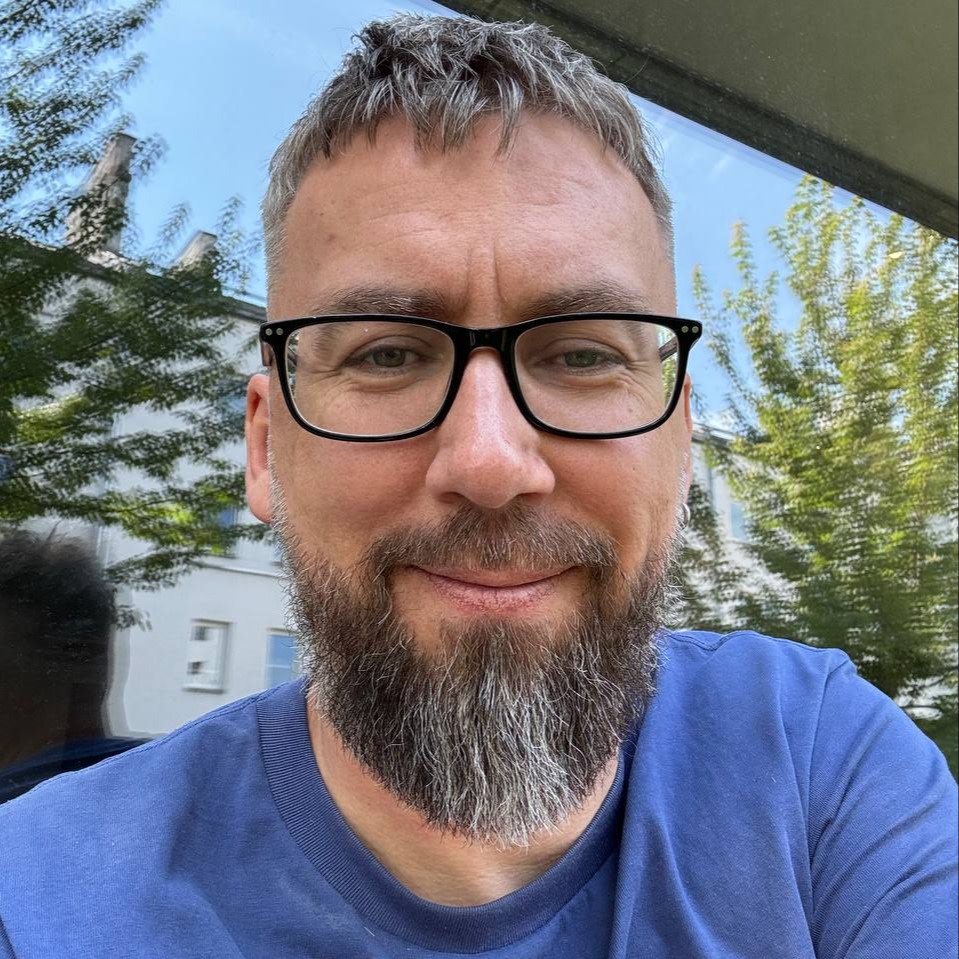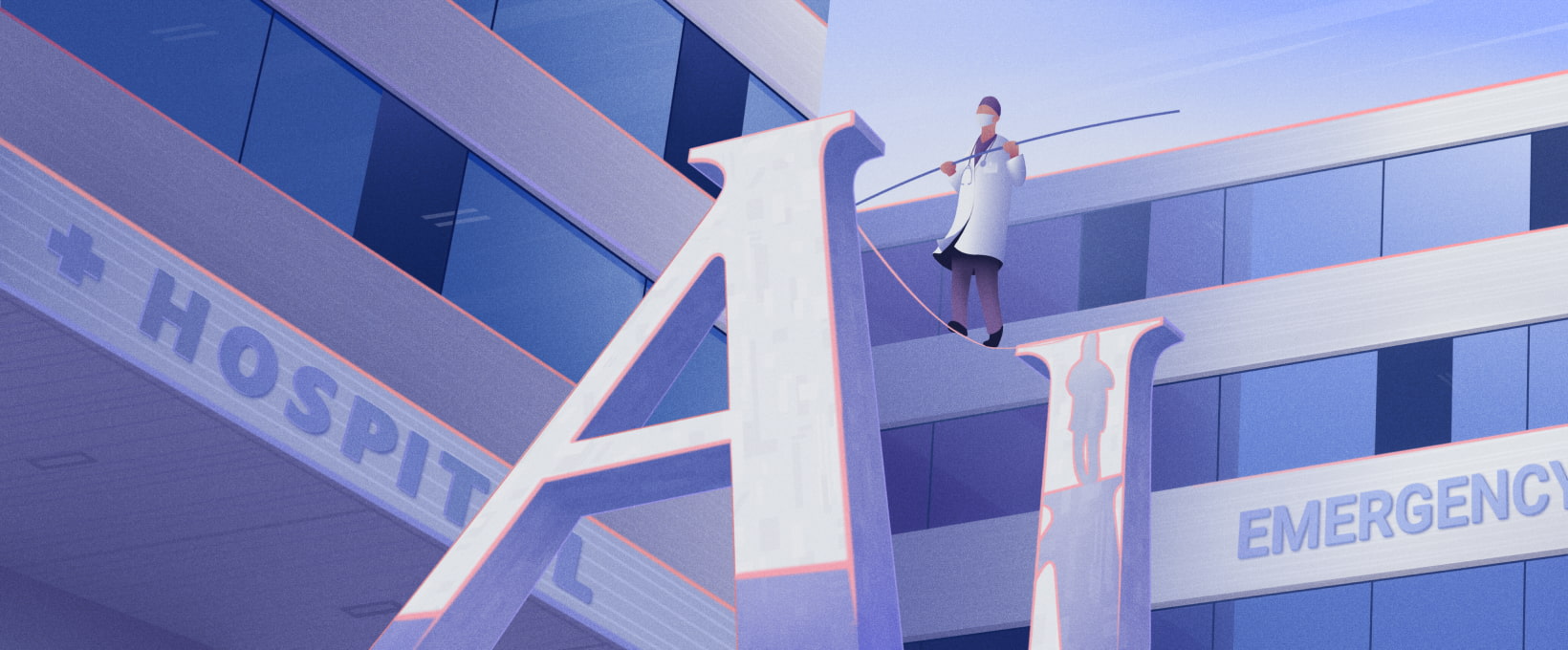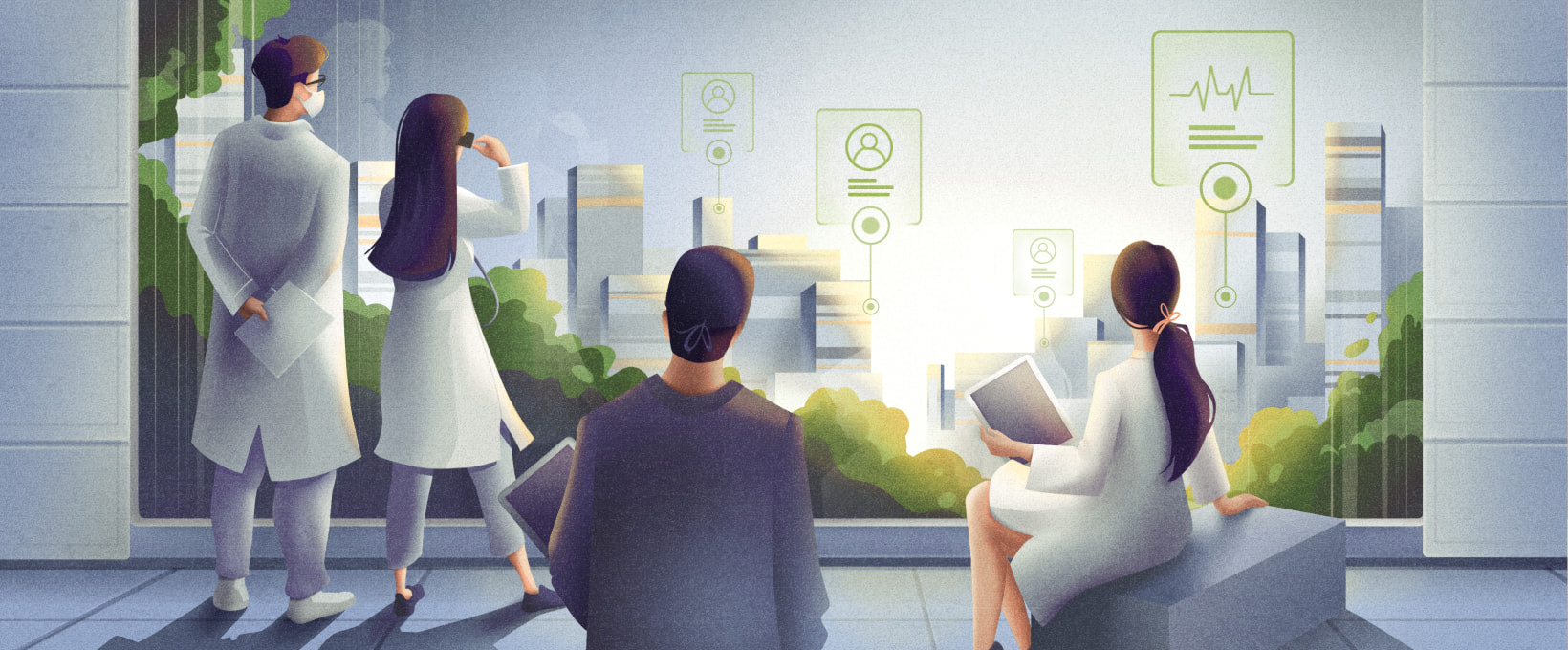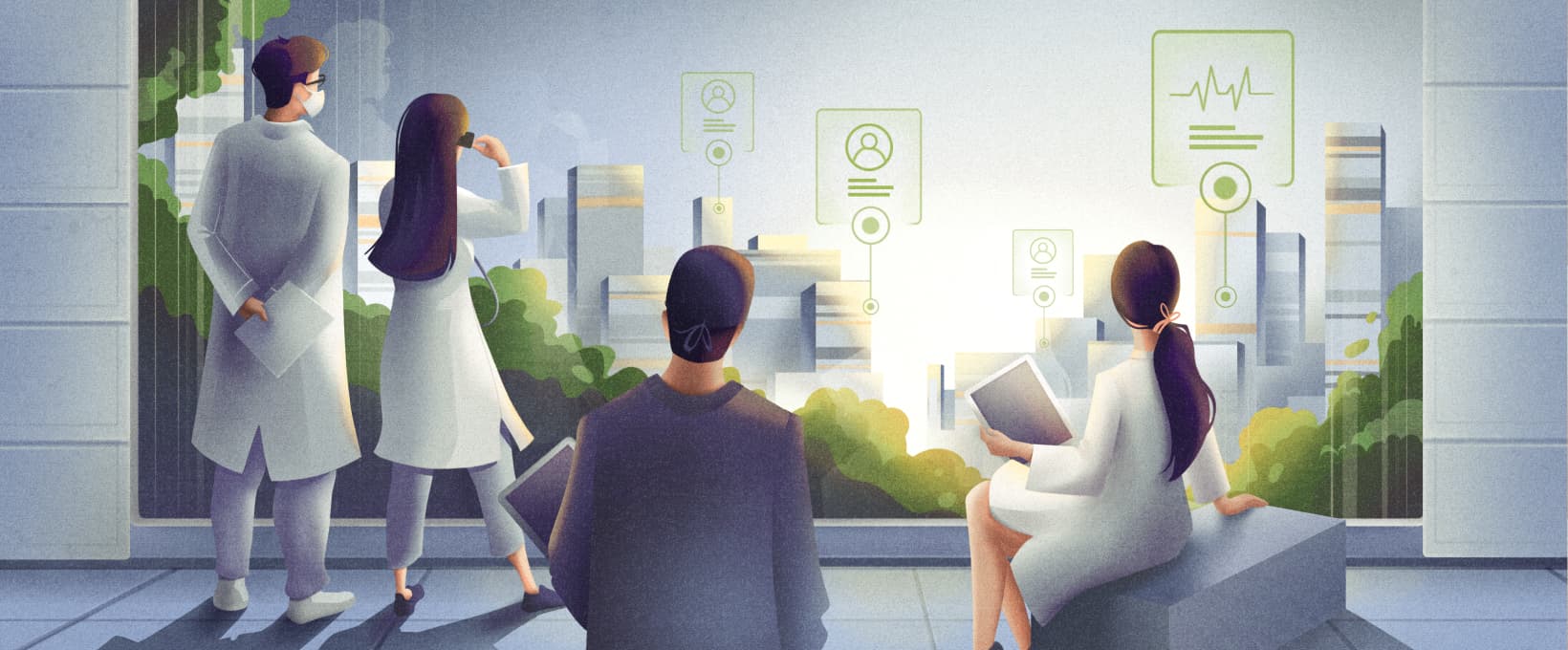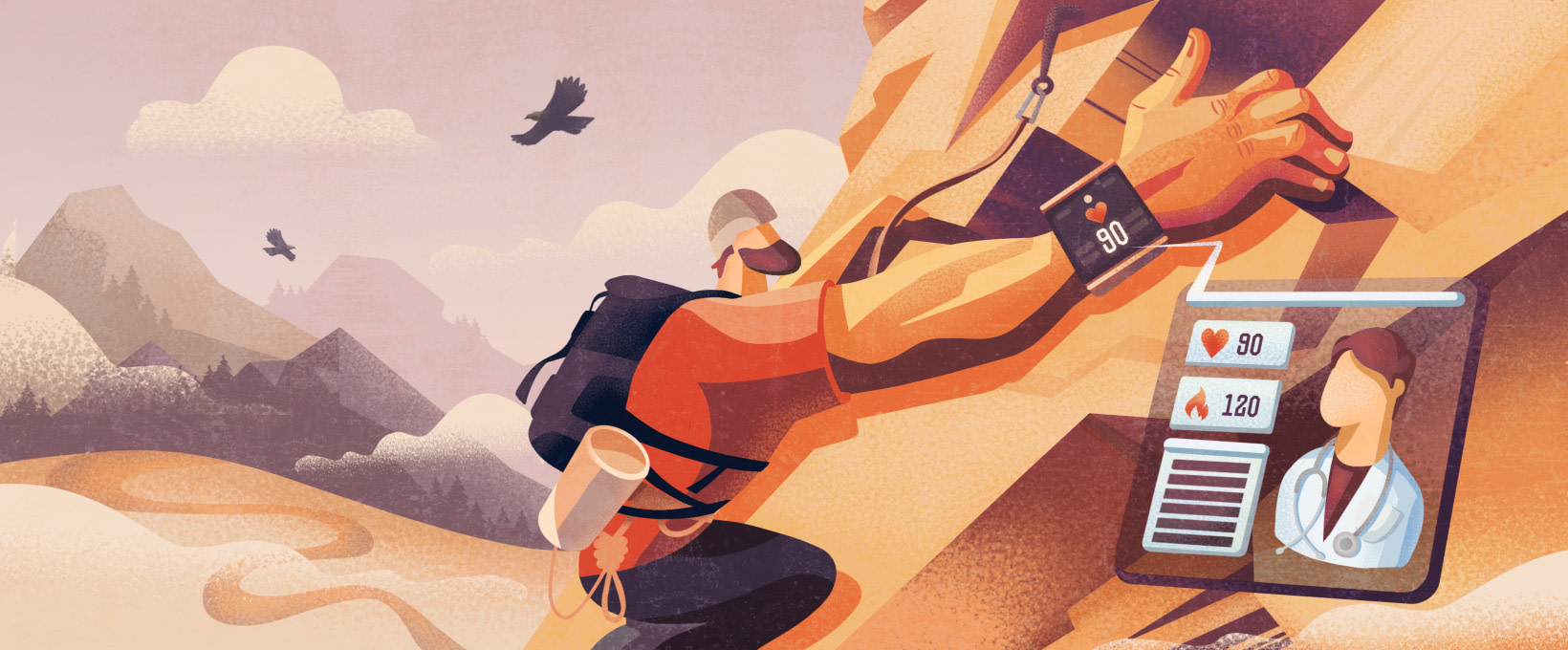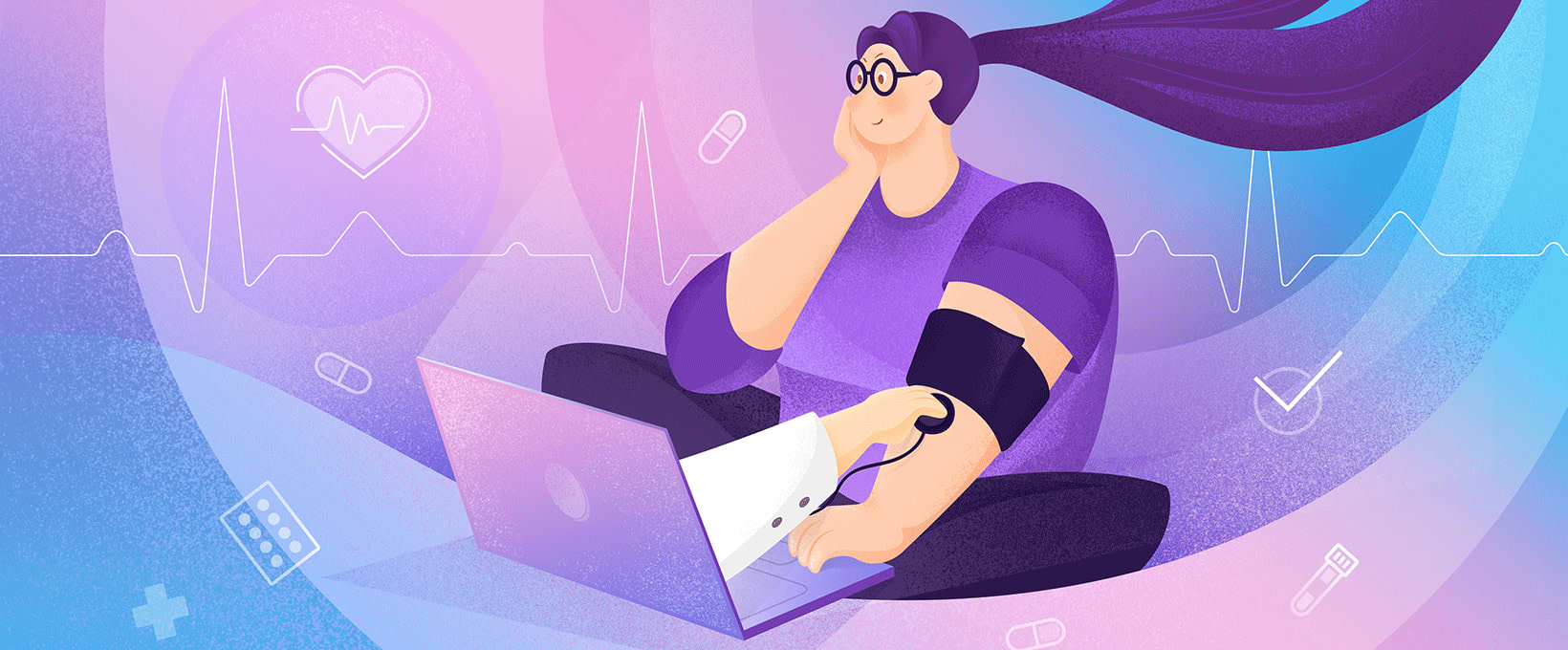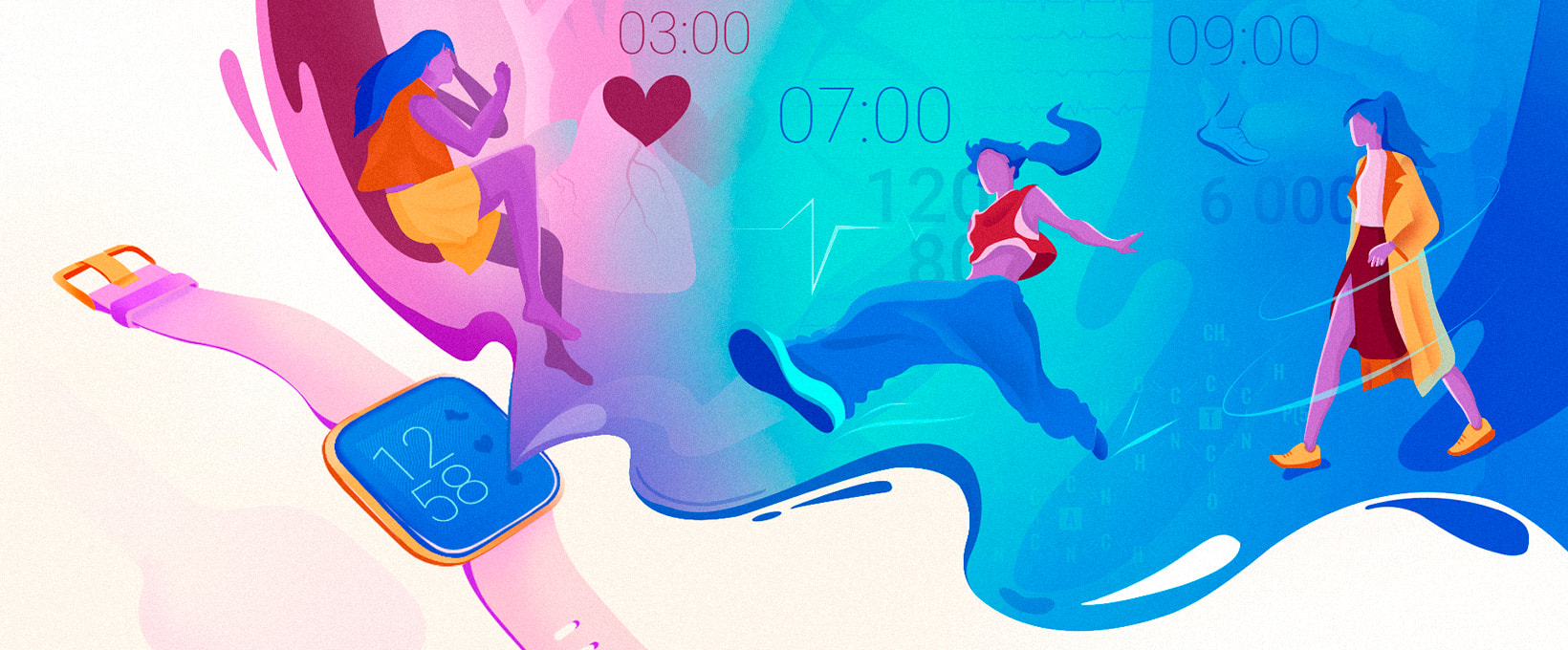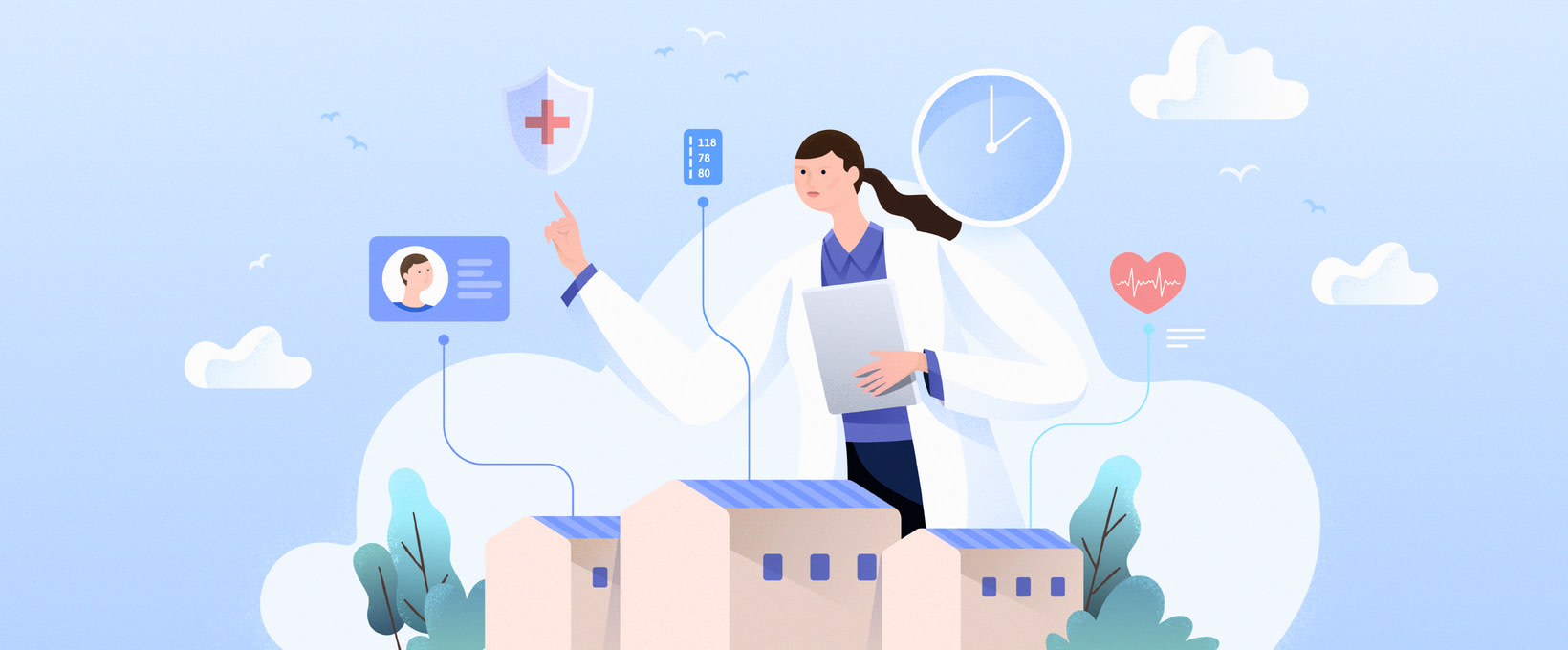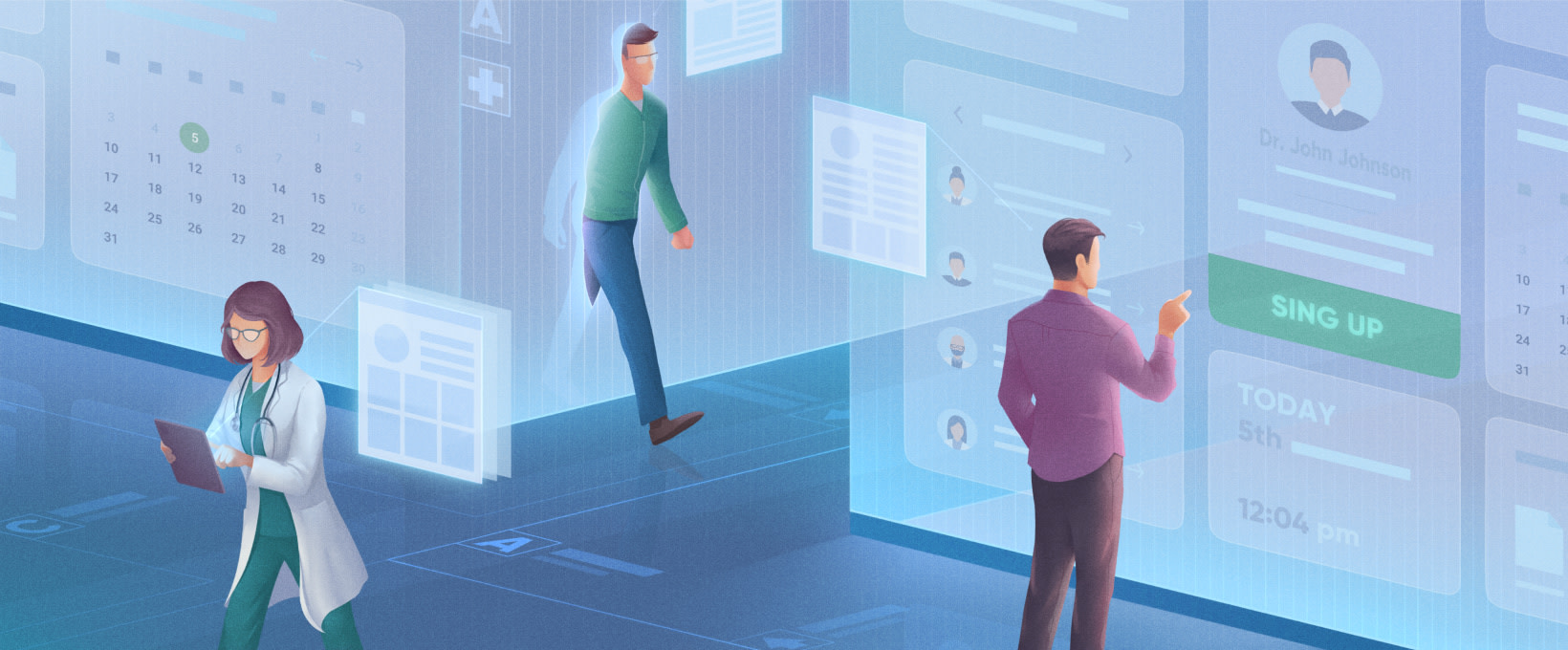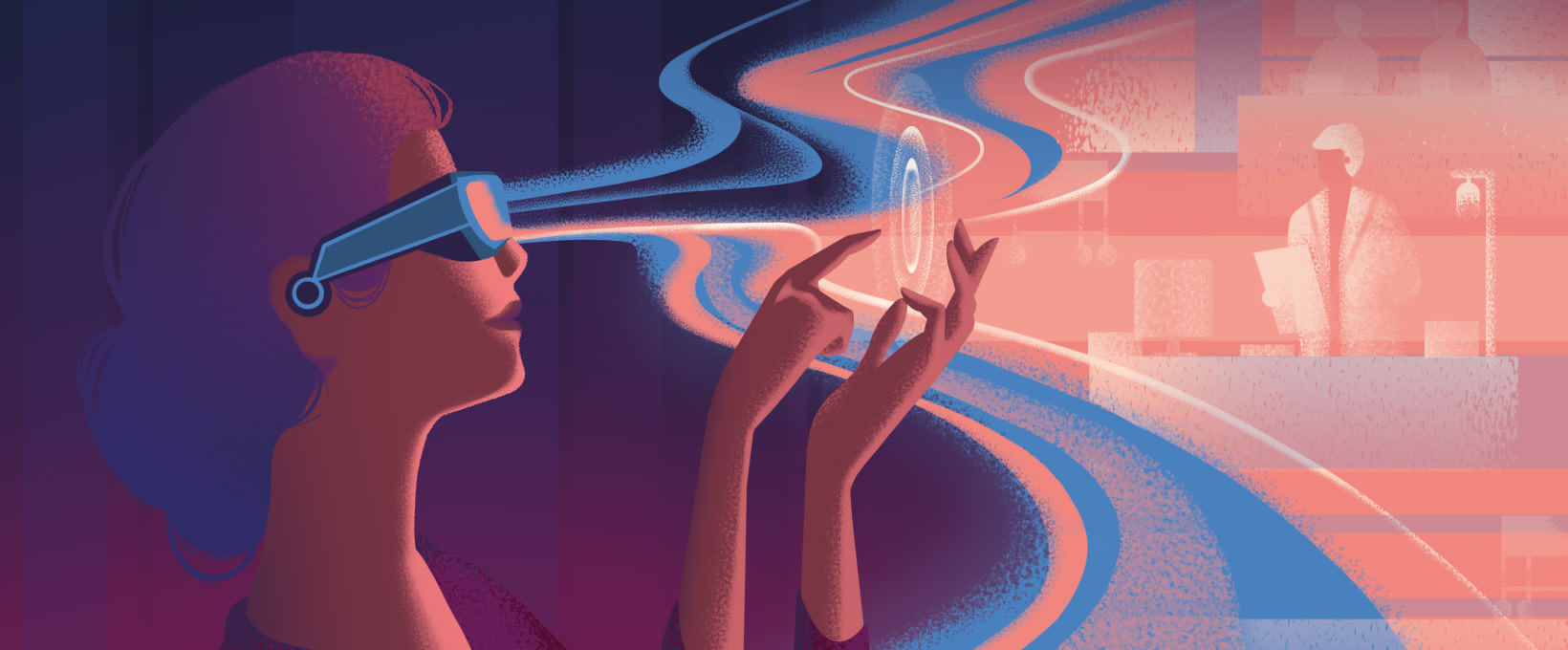
From the perspective of companies that produce digital products, younger generations – Gen Z and millennials – are today’s primary consumers of content, including healthcare apps. According to Rock Health (2024), 68% of millennials (ages 25–44) and 60% of Gen Z (18–24) used virtual care in the past year, the highest rates among all generations. The focus on this demographic may seem not entirely fair, but it has felt justified. Yet we may have missed the moment when people of all ages began using smartphones in earnest. Older adults increasingly see their devices as companions that help them track and manage their health.
An interesting situation is emerging: inertia is causing the health-app market to continue targeting younger users even though it’s increasingly clear that older adults are taking a growing interest, driven by increasing comfort with tech, the cumulative burden of disease, and an understanding that investing in one’s health pays off. We spoke with psychiatrist Olga Neudakh, co-founder and Chief Medical Officer at Sequoia, about how the healthcare app market for older adults may evolve.
Andersen: How do you assess older adults’ interest in digital health apps?
Olga: PubMed features a study based on surveys conducted since 2019 (with about thirty-two thousand respondents). It shows a significant recent rise in interest among people over 55 in digital technologies, including smartphones and dedicated health apps. In developed countries, over 60% of people aged 60+ regularly use smartphones, and the popularity of healthtech apps in this group is steadily growing. The main motivators are chronic disease prevention and management, as well as a desire for autonomy and active longevity.
I would add: it all depends on the level of digital literacy. It’s obvious that in high-income countries, older people use gadgets more actively.
Today we’re witnessing an intriguing phenomenon. There are well-documented, though still occasional, cases in which gadgets help preserve health, or even save lives. Apple, for instance, often highlights cases in which its smartwatch detects an abnormal heart rhythm and promptly contacts emergency services or notifies relatives.
We should remember that new ideas enter our collective consciousness through visionaries and a few early positive examples; only later do they spread to a wider audience. That’s why I’m sure people will increasingly trust health apps. It’s already happening.
Andersen: In which areas of medicine are smartphone apps and devices most in demand among older adults?
Olga: The number is rising each year; as of now, I’d single out several.
First — cardiology. We’re talking about blood-pressure monitoring, basic ECGs that some smartwatches already perform, more advanced ECGs captured by dedicated devices, and medication-reminder apps — seemingly banal, yet genuinely life-saving for an older person.
Second — apps for people with diabetes. Some combine data on glucose, insulin, and carbohydrates; support glucometer connectivity; display graphs; estimate A1C; and let users share results with a physician. Others are more reference- and education-oriented, offering nutrition guidance.
Third — apps that maintain or improve cognitive function. They target memory, attention, reaction time, and related skills, and encourage users to combine training with physical activity and social interaction.
Fourth — dermatology apps. This area has developed particularly well because the task of detecting skin neoplasms aligns with modern AI training on large image datasets. Several projects already perform well as tools for initial screening, and some have obtained U.S. and European certifications.
Of course, I’d also highlight a fifth area — men’s health. I’m a co-founder of a men’s-health app and a clinician working on sexual-health issues. Fifteen to twenty years ago, before the internet was widespread, men aged 45 and above often viewed loss of libido or erectile dysfunction as an inevitable part of aging. Today, men can easily access basic sexual-health information online, use apps to log key details, and track metrics. It’s a delicate topic, so many prefer to begin learning and discussing it anonymously.
Andersen: How big is the healthtech market for older adults, and what’s its potential?
Olga: According to Fortune Business Insights, the global elderly care market was valued at $45.7 billion in 2023 and continues to grow, largely due to digital solutions, telemedicine, and remote monitoring. Allied Market Research estimates the global healthtech market at $908.5 billion in 2023, citing the aging population and demand for digital medical services for older adults as key growth drivers.
At the same time, the global market for digital health solutions for older adults is estimated in the tens of billions of dollars and is growing 15–20% annually. In 2023, the U.S. market for digital health for the 60+ segment alone exceeded $30 billion. Europe and Asia show similar dynamics. Examples include heart-monitoring apps (e.g., KardiaMobile), remote observation systems, and telemedicine services.
Andersen: What fundamental challenges do you see in developing apps for older adults?
Olga: First — trust. Older adults are more inclined to use products that have proven effective and are recommended by professionals. Unfortunately, today’s health-app market looks rather chaotic. Clear, accurate criteria for evaluating app quality are far from universal. Even certification parameters in the U.S. and EU are still being “tuned.” Naturally, this fuels concern and distrust among older users.
Second — usability. Interfaces, supposedly designed to include older users, often fail to account for impaired vision or hearing. Just as often, we see convoluted, confusing designs that require a younger generation’s fluency with modern UI patterns. For people in their seventies, there’s sometimes a simple fear of “breaking” the device – pressing the wrong button, plugging a cable into the wrong port, and so on.
Third — online fraud. Older adults feel vulnerable to scams. It’s still easier for them to pay a live doctor than an app. That’s why I see more health startups emphasizing that their product is developed by real, experienced clinicians.
Accordingly, I’d highlight several design details that deserve special attention when building such apps:
- Large, high-contrast type and simple navigation;
- Minimal distractions and avoidance of “complex” gestures;
- Step-by-step instructions and prompts
- Voice input and audio guidance;
- Adaptations for visual and motor impairments.
Andersen: Who, in your view, is more likely to follow a medical app’s recommendations: younger users or older ones?
Olga: The simple answer: the person who is truly ill will listen more carefully. Those who understand the consequences of ignoring instructions, failing to track trends, or skipping measurements are the ones who will adhere. Apps built to help people with diagnosed conditions find their audience more easily when their effectiveness is obvious to the very users they target.
By contrast, prevention remains one of the most serious challenges highlighted by the WHO. How do we persuade people to live healthier lives, to follow even a few basic principles? This is the bane of all medical apps: how to keep someone engaged once the pain is gone, how to build the habit. Apps aimed at prevention, sadly, haven’t been super-effective, and likely won’t suddenly become so.
There’s another specific audience many of these apps (ours included) target: people with anxiety. Some have a persistent — sometimes excessive — need to care for their health. They’ll engage in prevention because their brains work a bit differently. In essence, developers gently accommodate this trait. You could even jokingly call it “benign parasitism” — offering convenient access to verified medical knowledge and monitoring methods. These users will seek information anyway; better that they do so in a constructive way.
Andersen: Let’s speculate. In fifteen to thirty years, could the digital-health market for older adults become dominant?
Olga: Humanity is aging. Americans, Europeans, and many Asian populations are getting older. At a business meeting during Web Summit, we learned that Portugal’s median age is 47. Put simply, the affluent, conscientious consumer is increasingly older.
On top of that, fewer and fewer people remember life without smartphones. In 30–40 years, that cohort will all but disappear. For the overwhelming majority of the world’s population, digital services will feel completely natural. This should first and foremost apply to medical documentation workflows. Any physician can tell you how difficult it is to compile a high-quality history from paper records — a practice still widespread, for example, in parts of Eastern Europe.
There are still countries with lower incomes and levels of education. Yet the spread of modern technologies there is rapid. It’s no accident that many startups — including several covered by your portal — are starting not only in the EU and the U.S., but also in African countries, where telemedicine is seen as a practical way to improve access to care. In some regions, there may be no pharmacy within 50–100 kilometers, yet smartphones are nearly universal.
Finally, artificial intelligence has been a major breakthrough in medicine. Older adults can now interact with it without any special skills — simply ask a question and get an answer.
